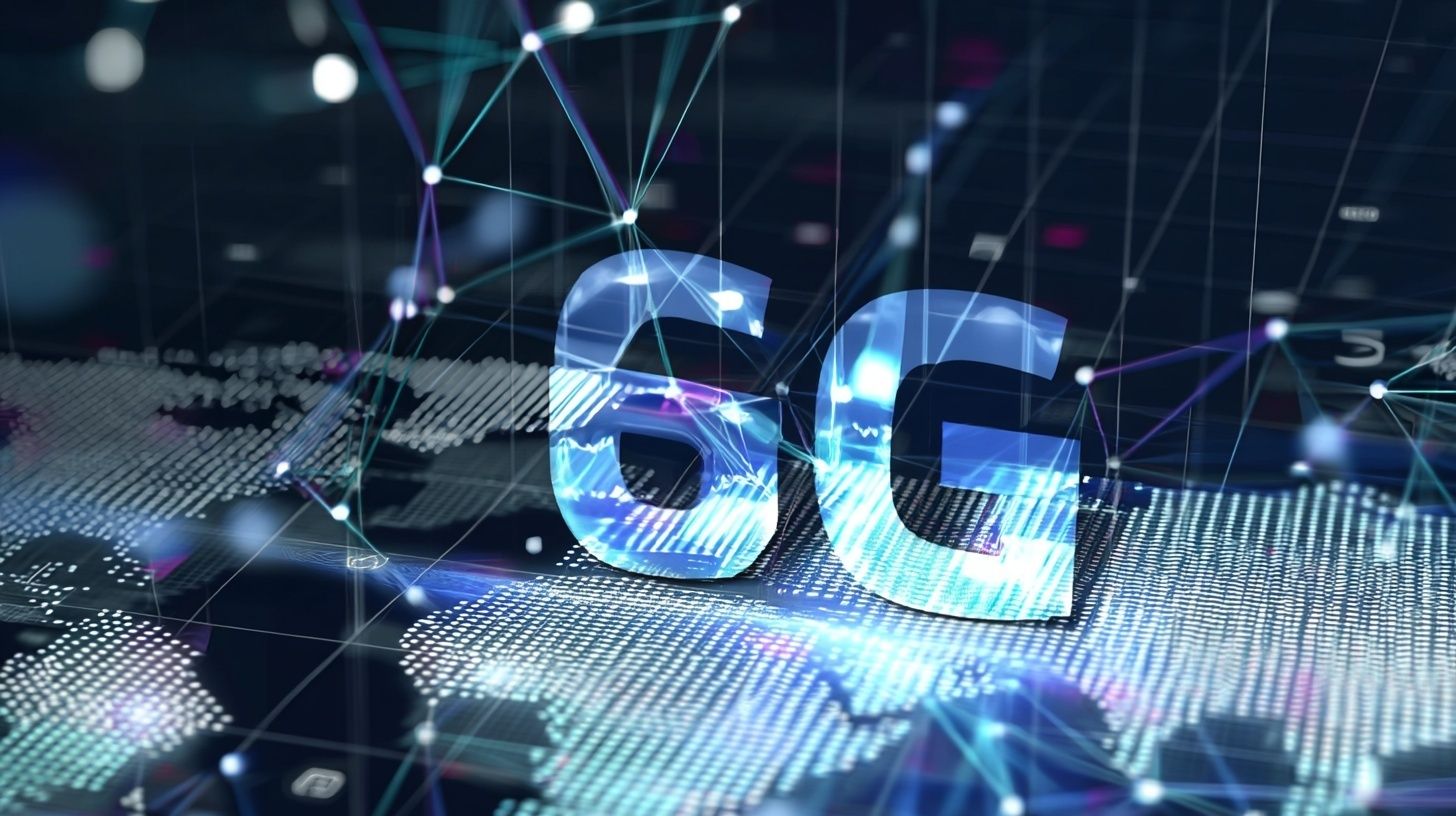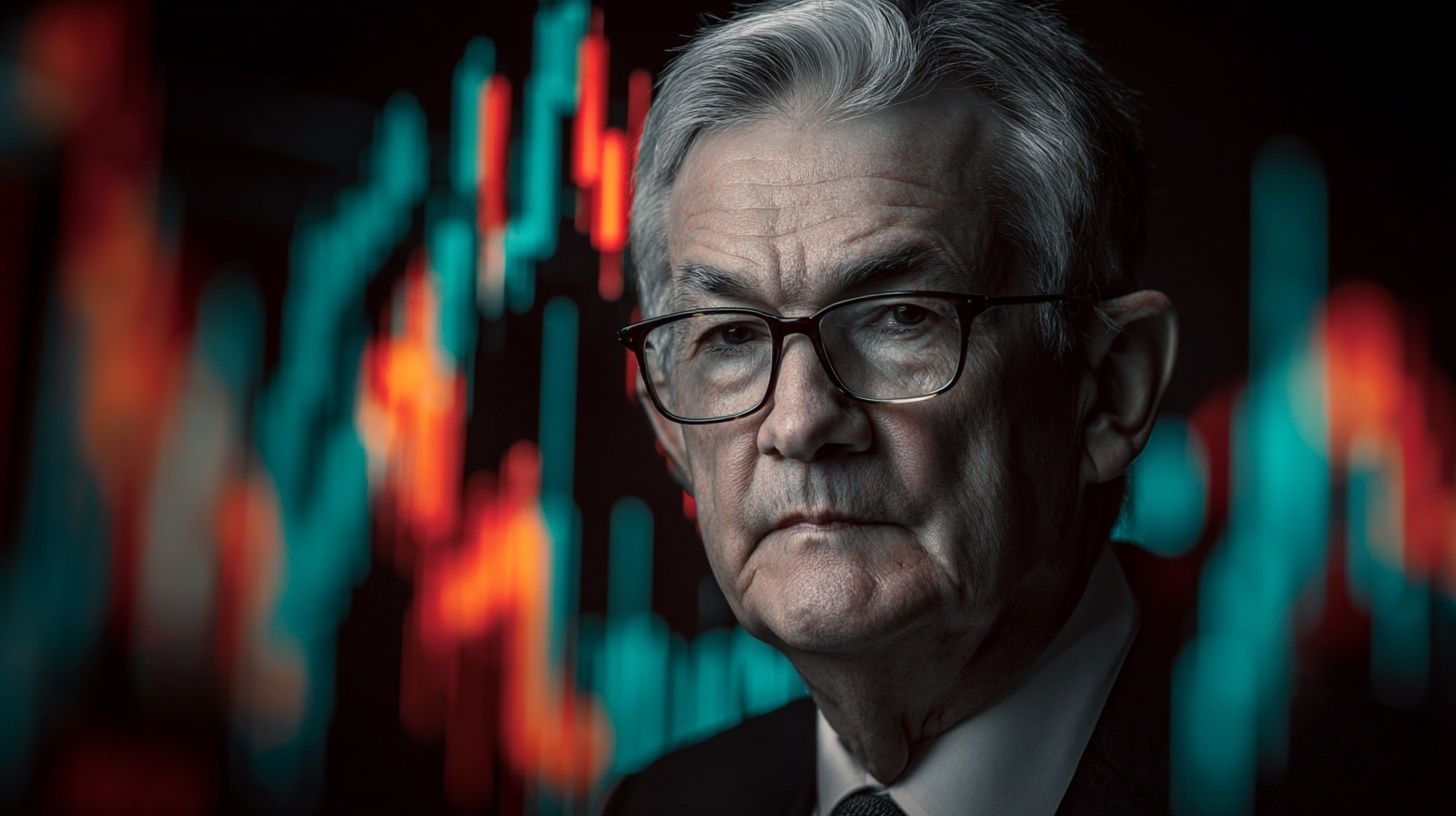
NVIDIA just committed $1 billion to Nokia, buying 166 million shares at $6.01 each.
That sent $NOK up 17% in one day.
But who stands behind the scenes?
Who will power 6G development and may win the most from this partnership?
Let’s dive into it.
Focus on Numbers

$NOK ( ▼ 3.09% ) closed at $7.77 on October 28, 2025.
That puts it 32% above the average analyst target of $5.87.
Q3 results showed net sales up 9% YoY on a constant currency basis, with Optical Networks surging 19%.
Nokia posted €0.06 comparable diluted EPS and generated €0.4 billion in free cash flow.
Key Financial Metrics (Nokia):
YTD Return: +27.88%
Market Cap: $42.36B
P/E Ratio: 42.32
Dividend Yield: 1.87%
Compare that to NVIDIA's positioning.
Nvidia $NVDA ( ▼ 0.2% ) has become the first company ever to reach a $5 trillion market cap with a P/E ratio of 59.97.
Key Financial Metrics (NVIDIA):
YTD Return: +57.87%
Market Cap: $5.10T
P/E Ratio: 59.97
Dividend Yield: 0.02%
NVIDIA & Nokia Partnership

NVIDIA $NVDA and Nokia $NOK ( ▼ 3.09% ) announced plans to develop AI-RAN products for Nokia's portfolio, targeting the AI-RAN market expected to exceed $200 billion by 2030.
Telecommunications is a critical national infrastructure—the digital nervous system of our economy and security.
The technical foundation matters here.
Nokia will integrate NVIDIA's ARC-Pro platform into its AirScale baseband portfolio, enabling software-defined evolution from 5G to 6G.
Huang stated this represents "a brand new business" for NVIDIA with potential to become a multi-billion-dollar revenue stream.
CEO Justin Hotard emphasized that AI and Cloud customers already account for 6% of group net sales and 14% for Network Infrastructure.
That's real revenue diversification, not just aspirational guidance.

Strategic Context
Nokia completed three major moves in 2025 that signal where management thinks the business needs to go:
The company finished its €2.3 billion acquisition of Infinera in March 2025, expanding optical networking capabilities.
Nokia opened a second Indium Phosphide semiconductor fab in San Jose to support optical components growth.
Also, the company signed a strategic partnership with Nscale to become a preferred networking vendor for their data center buildout.
Q3 saw order intake trends in Optical Networks and IP Networks remain strong with book-to-bill well above 1.
That indicates demand outpacing supply, a positive signal for near-term revenue conversion.
The 5G business shows stabilization signs.
Nokia re-entered as a major radio supplier in VodafoneThree's network and gained the number one market share position in Voice Core.
Cloud and Network Services grew 13% as operators maintain strong 5G Core investments.
The Valuation Problem

Analysts see this differently.
The average 12-month price target sits at $6.30, ranging from $3.40 to $7.50 across eight Wall Street analysts.
At $7.77, $NOK ( ▼ 3.09% ) trades above every reasonable near-term target.
The market priced in optimism about AI infrastructure partnerships.
But execution risks remain substantial. Comparable gross margin declined 150 basis points YoY to 44.2% due to product mix effects in Network Infrastructure and Mobile Networks.
Operating margin decreased 220 basis points to 9.0%, though this would have been stable excluding a prior-year provision reversal.
Management maintains full-year guidance.
Nokia expects comparable operating profit between €1.7 billion and €2.2 billion, with free cash flow conversion of 50% to 80%.
This outlook appears achievable, but offers limited upside potential.
CEO and Analyst Perspectives
Nokia CEO Justin Hotard stated: "The AI supercycle is accelerating demand for providers of advanced and trusted connectivity. Nokia is uniquely positioned to be a leader in this market". Management plans a Capital Markets Day on November 19 to detail strategy for unlocking portfolio potential.
NVIDIA's Jensen Huang commented: "Built on NVIDIA CUDA and AI, AI-RAN will revolutionize telecommunications—a generational platform shift that empowers the United States to regain global leadership in this vital infrastructure technology."
When asked about the partnership, Huang explained:
"Nokia knows telecommunications like no one knows telecommunications and we really enjoy our partnership with them. A lot of it is just chemistry."
He sees 5G as a key area where American technology leadership failed and positioned ARC as the platform to change that trajectory.
Two top analysts maintain a "Strong Buy" rating but set an average price target of $7.05, indicating a 9% downside from current levels. The message is clear: strategic direction looks right, but the stock has already priced in near-term wins.
Behind the Scenes

NVIDIA's $1 billion investment buys 2.9% ownership in Nokia.
The partnership gives NVIDIA access to telecom infrastructure at scale without building radio equipment from scratch.
It gives Nokia validation from the AI infrastructure leader and integration with platforms that hyperscalers actually deploy.
Who will benefit the MOST from the AI-RAN partnership?
T-Mobile $TMUS ( ▼ 0.29% ) will collaborate with Nokia and NVIDIA to test AI-RAN technologies starting in 2026 as part of 6G development.
Dell Technologies $DELL will provide PowerEdge servers to power the AI-RAN ecosystem. This creates a complete stack from silicon to network services.
The economics matter too. NVIDIA estimates telco operators can earn roughly $5 in AI inference revenue from every $1 invested in new AI-RAN infrastructure.
If those economics prove out, Nokia gains a genuine growth driver.
If they don't, this becomes another technology partnership that generates press releases but limited profit.
What This Means
The Nokia-NVIDIA deal is real. The market opportunity is real.
It signals genuine strategic repositioning beyond traditional telco.
November 19 Capital Markets Day must showcase how legacy operations fund future infrastructure ambitions without sacrificing shareholder returns.
Real strategic pivot, questionable timing—price reflects optimism execution hasn't yet earned.



